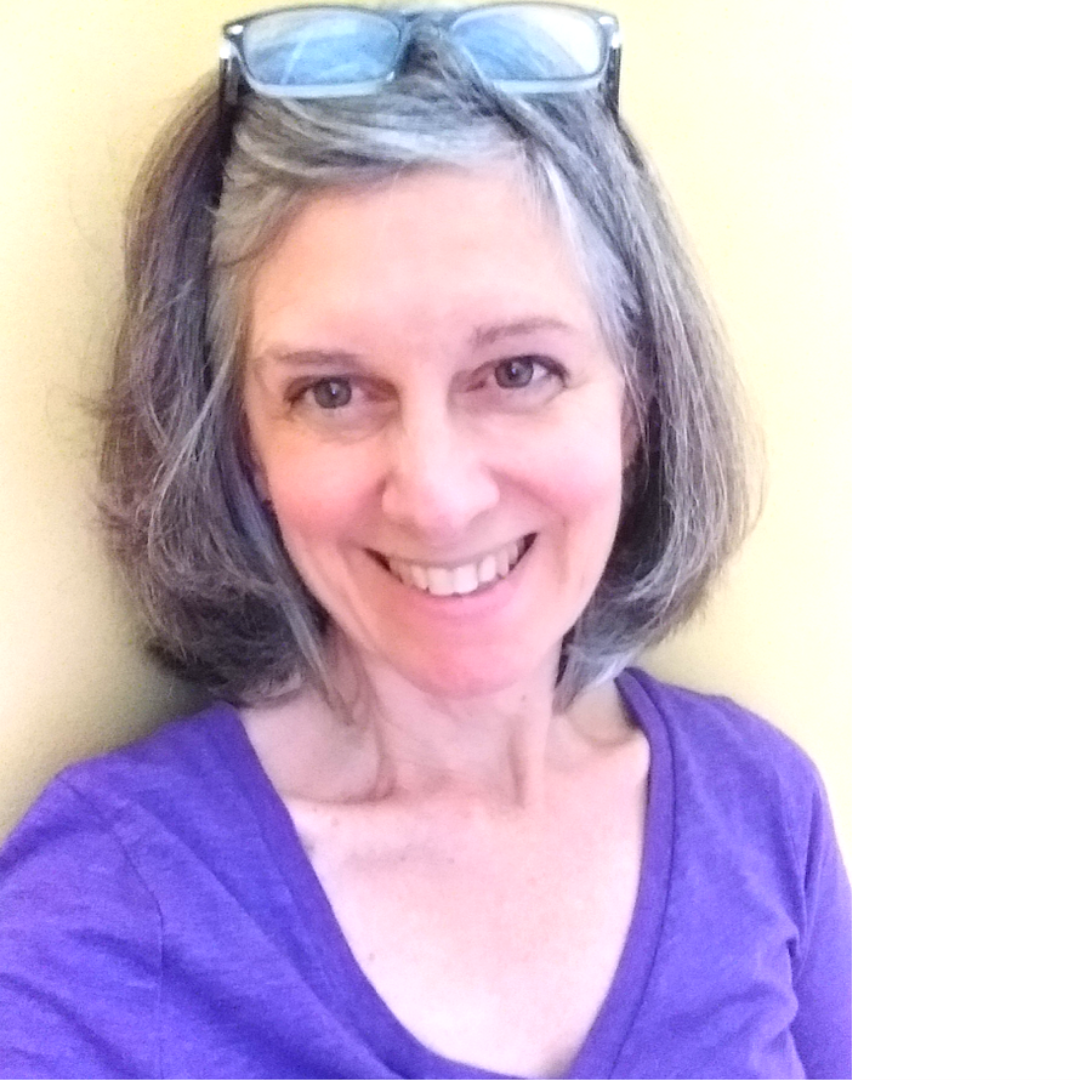With all the external voices clamoring for our attention, it’s easy to get knocked off center. Our best recourse is to build self-trust. We can turn within, listen more deeply, and follow our own inner compass.
How can we trust ourselves amidst noise, burnout, and disillusionment? I’ve made a study and would like to offer three ways to build the kind of self-trust that’s unshakeable. In the comments, I’d love to hear yours.
Seek and Follow Inner Guidance
The best starting place is to actively seek inner guidance. No matter what our spiritual beliefs, the practice is the same—we ask a higher being, consciousness, or self for insight.
This simple act opens our heart and mind to receive answers that are right in front of us—the ones we haven’t seen simply because we’ve been closed.
A relaxed mind and heart receives messages. Inner silence allows us to hear. If even in the slight pause between thoughts, or the very first early morning minutes, we can find receptive quiet.
Sometimes guidance comes in a flash, in the split second that we’re presented with a decision. We know.
In early 2020, I attended a birthday party held in an entertainment center. The cake served was gluten free. I almost never eat cake, but this was a celebration! And it was my favorite flavor—chocolate with vanilla icing.
I ate a piece. I wanted another. My inner voice was clear that this wasn’t a good idea. But I ate it anyway. Turned out the increased sugar intake lowered my resistance to getting sick. Before Covid was publicly known, I got the virus. After that you can bet I became more committed to following my inner voice.
We build trust by proving to ourselves that we will honor and act upon the higher guidance. Even if our choice turns out to look like a mistake, at least we stayed true to ourselves.
Keep Agreements to Yourself
Most of us know how important it is to keep our word with others in both personal and professional relationships. Our word is our bond. When it comes to making agreements with ourselves, we can use the same principle to build or restore trust.
First, it’s important to take care when choosing our agreements. I could never commit to working out at the gym, for example. It’s not enjoyable, and I won’t keep to such a promise. However, I find pickleball a blast! I can keep my agreement to myself to exercise every week because I’m having so much fun with a wonderful group of players.
Any new habit takes time to ramp up. What will ensure that we can stay on course? Asking ourselves this question in advance means we’ll have a better chance of building self-trust. Yes, we mean what we say.
We can also be flexible and compassionate if life changes and we simply cannot follow through. Self-trust is also build when we stop and take care of ourselves if that’s the right course of action.
Never Throw Yourself Under the Bus
When I was in a major life turning point, a dear friend said to me, No matter what, don’t turn against yourself. This is what I mean by throwing yourself under the bus.
We need to be our own champions, standing by ourselves no matter what anyone else says or does. That means we give ourselves permission to grow even if our mistakes are public ones.
Our commitment, presence, and confidence in ourselves to learn and grow are great ways to build self-trust. It’s like our higher self telling our human self, I’m here for you no matter what. I’ll never shame you for learning, even if it looks ugly.
This skill is essential when we’re challenged by other people’s opinions or judgments. If we want to please others too much, we’ll toss ourselves under the wheels. What if, in the face of criticism, we instead help ourselves stand tall with dignity and grace?
The Biggest Picture
We’re all here learning. We do the best we can. Building self-trust means we increasingly navigate daily life with more peace, harmony, and enjoyment.
And even when we can’t seem to trust ourselves, we can trust life. How? Those messages we’ve asked for from a higher being, consciousness, or self are still active even when we can’t hear fully. As long as our heart is true and our commitment is clear, life will help us find our way.
******************************
You don’t have to stay stuck or live in overwhelm. Reach out anytime for a Free Clarity Session

